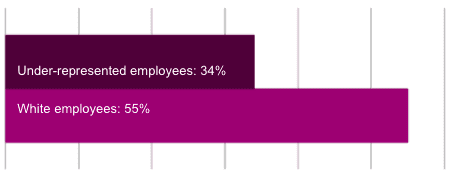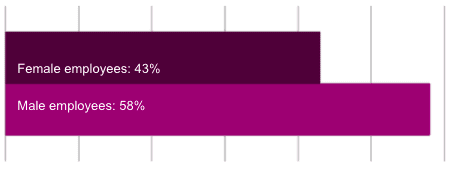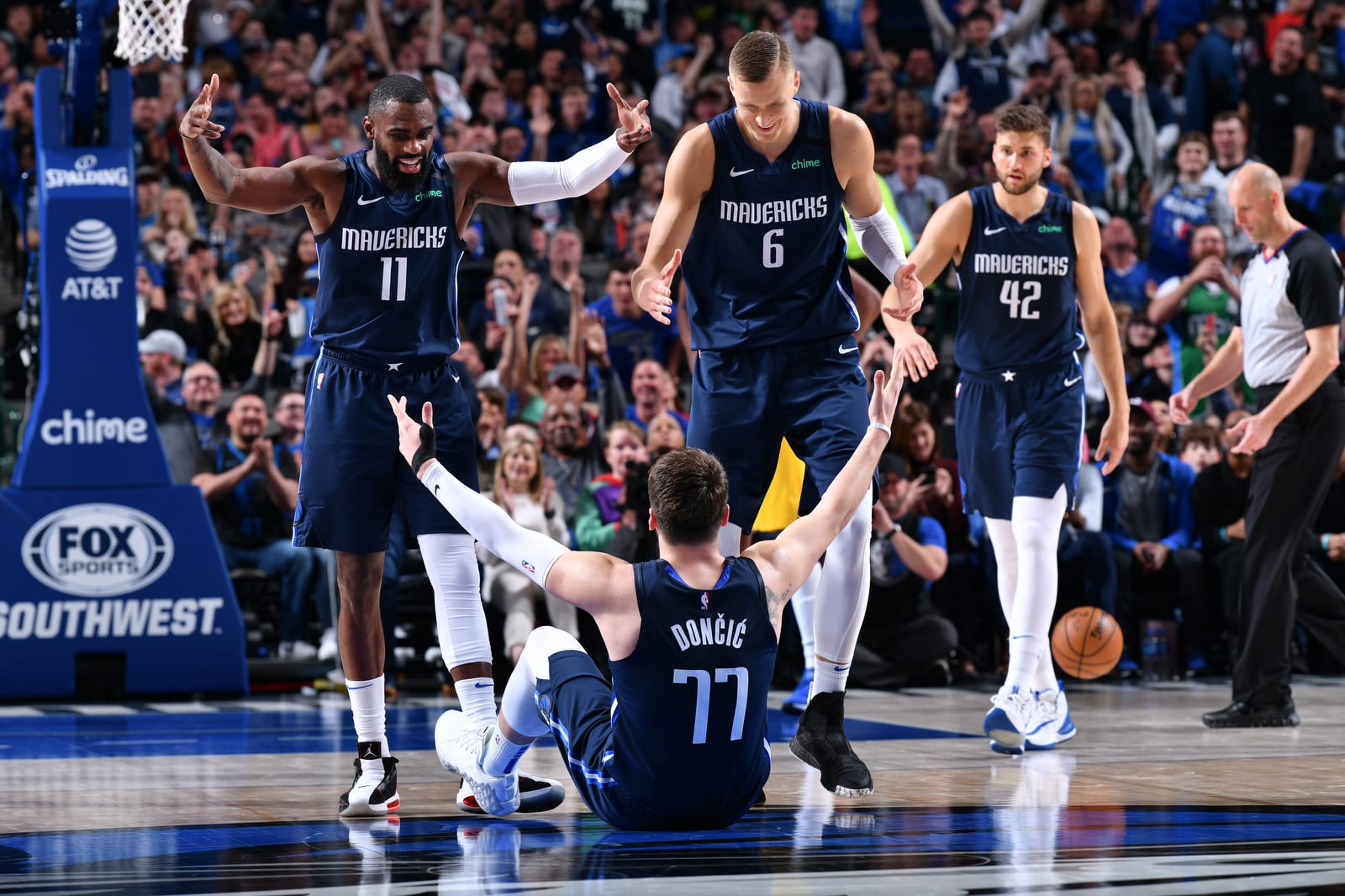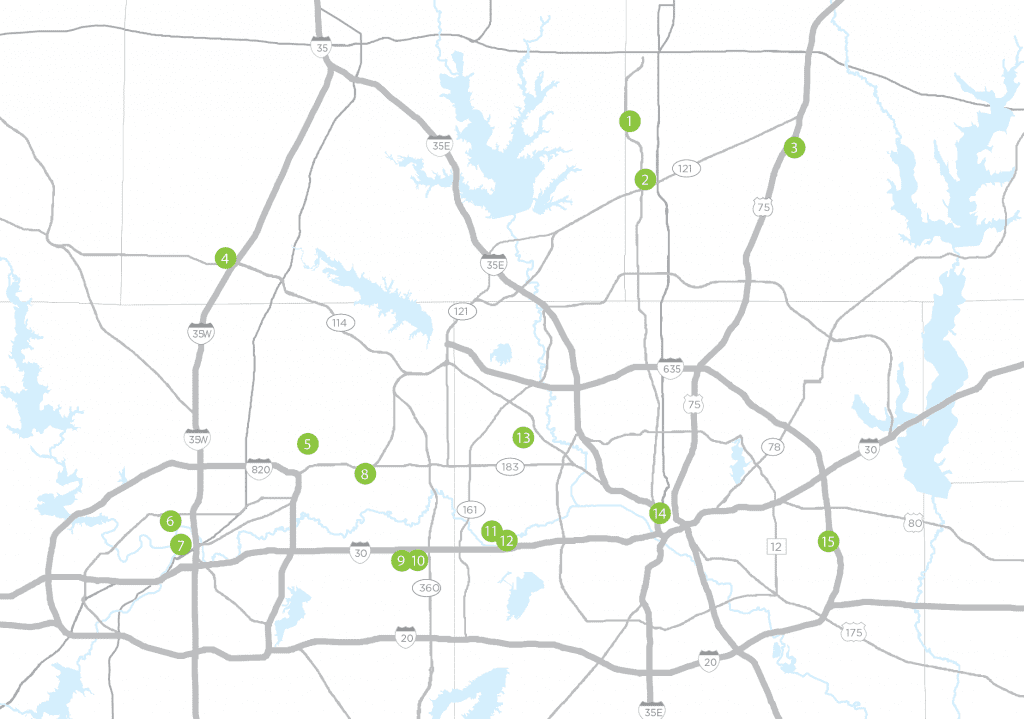Say Yes To Dallas
#cmsmasters_row_66ecd0d83658f5_30014961 .cmsmasters_row_outer_parent { padding-top: 0px; } #cmsmasters_row_66ecd0d83658f5_30014961 .cmsmasters_row_outer_parent { padding-bottom: 50px; }
MEDIA RELEASE
April 19, 2017
Dallas Regional Chamber Targets National Millennial Workforce
with New Talent Attraction Campaign, Say Yes to Dallas
Dallas Regional Chamber campaign touts diverse job opportunities, welcoming culture, recreational access – issues that millennials say they most want in relocating
DALLAS – The Dallas Regional Chamber (DRC) is putting out the word to millennials around the country: No matter who you are, where you’re from, or what career you want to pursue, there’s no better place to be than the Dallas Region – and there’s no better time to be here.
The Dallas Region has become a shining example to the country for business opportunities, corporate relocations, and job growth. In fact, since 2010, more than 75 companies have relocated to the Dallas Region and hundreds more have expanded operations, creating more than 500,000 new jobs.
To ensure this success continues, the DRC worked with its member companies to create a new Talent Attraction department and develop a national, multi-level, multi-channel marketing initiative, Say Yes to Dallas. The campaign, which formally launched today, will target the influential millennial workforce and highlight why the Dallas Region is a great place to start or continue a career, raise a family, and experience a high quality of life in one of the most affordable and dynamic markets in the country.
Say Yes to Dallas will reach the target demographic by working with member companies’ in-house recruiting executives, partnering with authentic social media influencers, hosting networking mixers and events, and driving digital traffic to its new website, www.SayYesToDallas.com.
“Millennials are the largest generation in the U.S. workforce today and are key to the continued expansion of the Dallas Region’s economy now and in the future,” said Dale Petroskey, President and CEO of the Dallas Regional Chamber. “We want the entire world to know what we know: Dallas truly has something for everyone – from diverse job opportunities and an affordable cost of living, to unique neighborhoods and unlimited access to parks, culture, arts, sports, and entertainment,” Petroskey said.
Petroskey continued, “I spend a lot of time visiting with CEOs and business leaders, who are either here or thinking of moving here, to better understand how we can help them meet their challenges. Far and away, the number one issue they mention is ‘talent.’”
Tiffany Cason, Dallas Market President for Capital One Bank said, “The Dallas Regional Chamber has been a catalyst in getting companies to relocate and helping companies that are already here to grow and expand.”
“With over 6,000 Capital One employees in North Texas and growing, we have a keen interest in building and bringing the best talent here. The Say Yes to Dallas campaign highlights our region in a fantastic way and we are excited to have a front row seat to the growth,” Cason said.
In further building the business case for the Say Yes to Dallas initiative, the DRC conducted focus groups with college and university recruiters, corporate HR professionals, and millennials who recently relocated to the Dallas Region to understand the strengths and opportunities in attracting those who live outside the region.
Additionally, the DRC recently commissioned a nationwide survey to better understand what millennials are searching for in a career – and in life – and as part of a connected community.
Among the key findings of the DRC’s Millennial Survey:
- Dallas starts in a strong position: 61 percent of millennials surveyed have a favorable opinion of the Dallas Region; 58 percent would consider moving to Dallas for the right opportunity
- Competitive careers drive relocation decisions: Compensation ranked as the most important factor affecting decisions to move to a new city; 87 percent of millennials are looking for a pay scale that is better than most cities
- Healthy living ranks high: Millennials (85 percent) want convenient access to parks, green space, and hike and bike trails
- Convenience is key: Millennials (81 percent) want the ability to live within walking distance of restaurants, retail, and entertainment
- Be progressive: Millennials (80 percent) want to live in a city that fosters a socially progressive, welcoming, and inclusive culture
The Say Yes to Dallas website will address these key findings and serve as a resource of information about the region, formulated specifically to answer questions that prospective residents and employees might have. The site includes a jobs portal, a cost-of-living comparison calculator, links exploring unique attributes of neighborhoods around the Dallas Region, feature stories on dining, entertainment and nightlife, and testimonials from millennials who have already made the decision to relocate and now call the Dallas Region ‘home.’
The website will also emphasize the Dallas Region’s vibrant quality of life, including the region’s numerous parks and outdoor activities, rich diversity of people of all backgrounds, and its arts and culture scene that has flourished in recent years.
“If you’re a young professional looking for a city that you can grow in and have a high impact, Dallas is the perfect choice,” said Priya Patel, who relocated to Dallas in 2014 after growing up in Kansas before living and working in Illinois and Missouri. “I’ve had the chance to enjoy first-hand what Dallas provides, such as going to the various food festivals, trying new restaurants on a weekly basis, and shopping for the latest trends. And, Dallas has big city rewards with a cost of living that no city can beat,” Patel says.
For more information about Say Yes to Dallas, visit www.sayyestodallas.com, or explore the campaign’s social pages at:
www.facebook.com/sayyestodallas
www.twitter.com/sayyestodallas
www.instagram.com/sayyestodallas
Say Yes to Dallas Launch Quote Sheet
#SayYesToDallas
About the Dallas Regional Chamber
The Dallas Regional Chamber is the voice of business and the champion of economic development and growth in the Dallas Region. We work with our 1,200 member companies and regional partners to strengthen our business community by advocating for pro-growth public policies, improving our educational system, attracting talented workers from around the world, and enhancing the quality of life for all. Our goal is to make Dallas the best place in America to live, work, and do business. For more information, please contact the Dallas Regional Chamber at 214.746.6600 or visit www.dallaschamber.org.
###

























